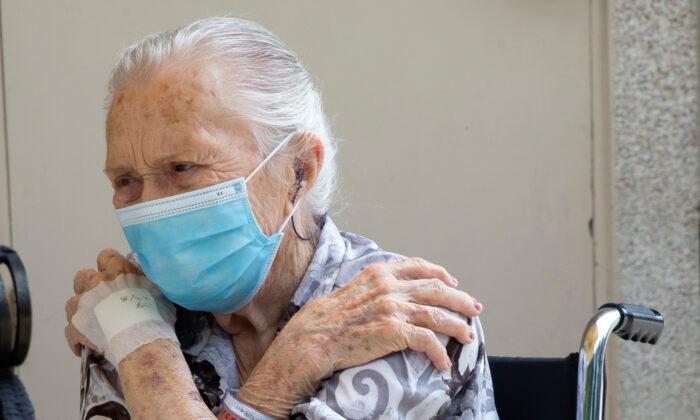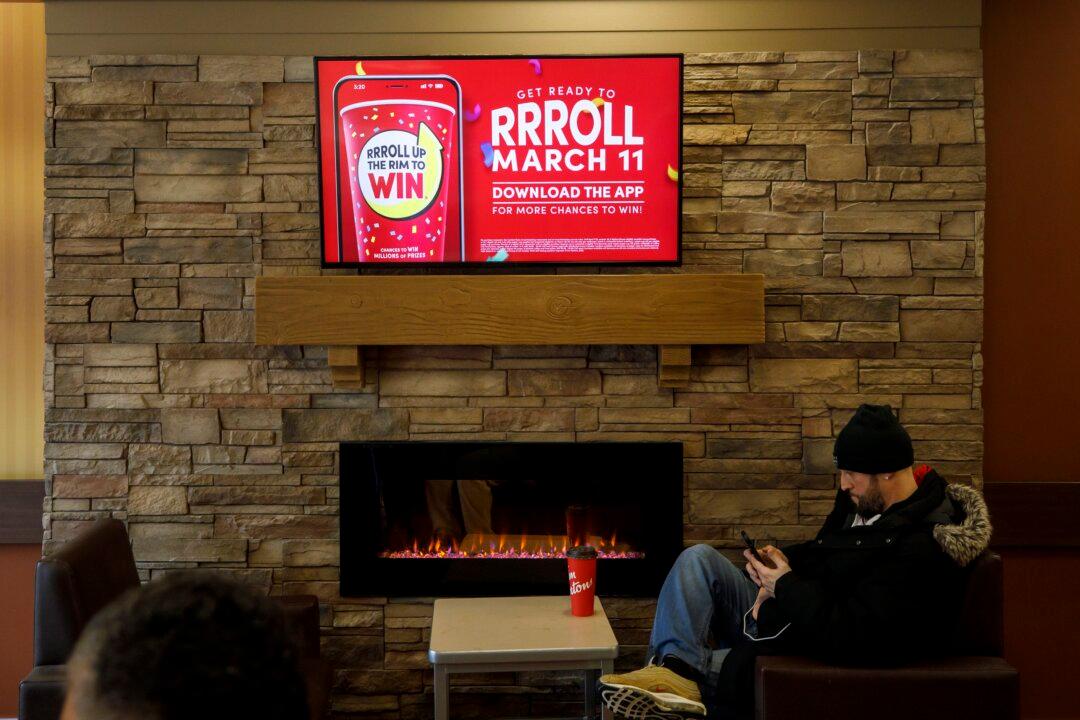“Residents have told us that contracting COVID-19 is not their biggest fear,” the report reads. “Their bodies and minds may be diminished in function but they can still, in many cases, understand risk, know they are nearing the end of their life and know, with absolute certainty, that spending time—meaningful time—with the people they love is what they want most.”
The data reveals that prior to the pandemic, 55 percent of visitors to the LTC/AL facilities visited more than once a week, but after the COVID-19 restrictions started, it dropped to about 10 percent. Likewise, 65 percent of visitors spent one hour or more with the residents before, but fell to only 9 percent after that.
Besides that, half of the respondents with family in palliative care say they were “not allowed to spend as much time as they wanted with their loved one before their loved one passed away.”
Nearly a quarter of the respondents say they weren’t allowed to touch or kiss their loved ones good-bye during their last 24 to 72 hours of life.
“Many family members have been frustrated by visit restrictions that are now in their eighth month and there is emerging evidence these restrictions are having a negative impact on residents’ health,” the report reads.
Upon first visiting their loved ones after the visit restrictions were amended, 46 percent of respondents reported that their loved ones’ physical health had gotten worse, and 58 percent say their loved ones’ cognitive and emotional well-being had deteriorated.
The use of antidepressants and antipsychotics on the residents were also increased over the period of visitor restrictions, according to the report.
“My mom was very quiet during our first visit: she acted like her family had given up on her. All mom wanted was for me to hug her and for me to let her see me. I wasn’t allowed, I understood but she didn’t. I left crying…” one testimony in the report said.
Though the situation isn’t easy for the family members, 75 percent of them still support some form of visit restrictions, of which over 40 percent want at least one more visitor allowed to each resident, and visit frequency to increase. Over half said they want the duration of visit to be at least one hour.
In response, the report recommends that “every resident to have a designated essential care partner who can have frequent visits of longer duration” and “allow for social visitors.”
“The number of social visitors allowed should reflect the need for immediate family members (adult children, spouses) who are not the designated care partner to see their loved one,” the report said.






Friends Read Free